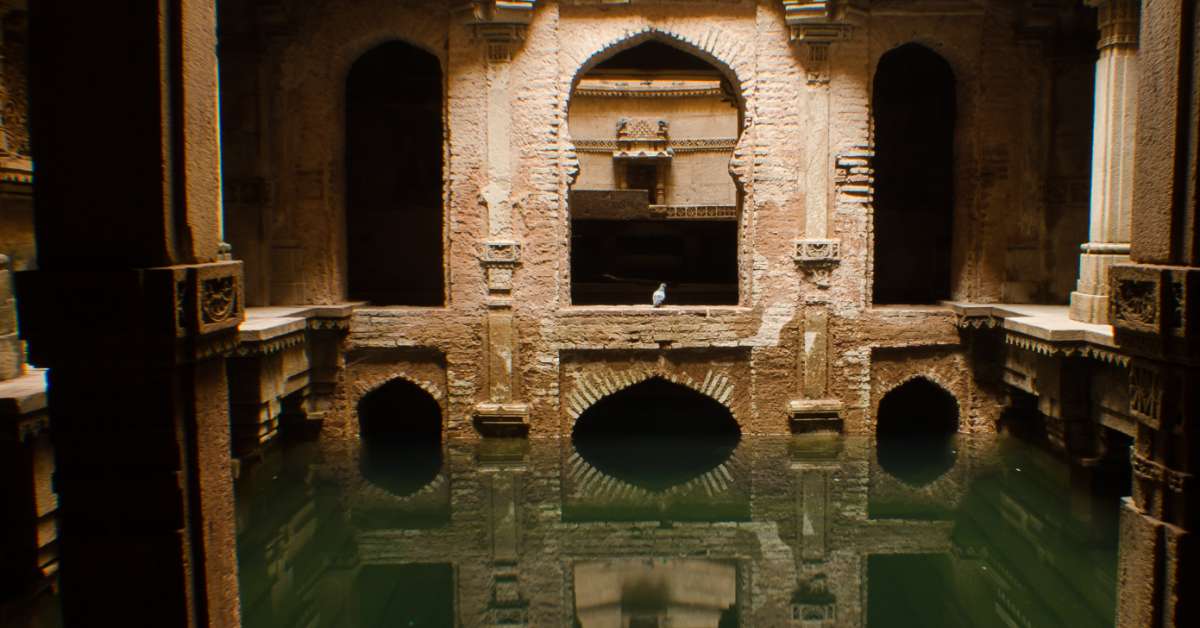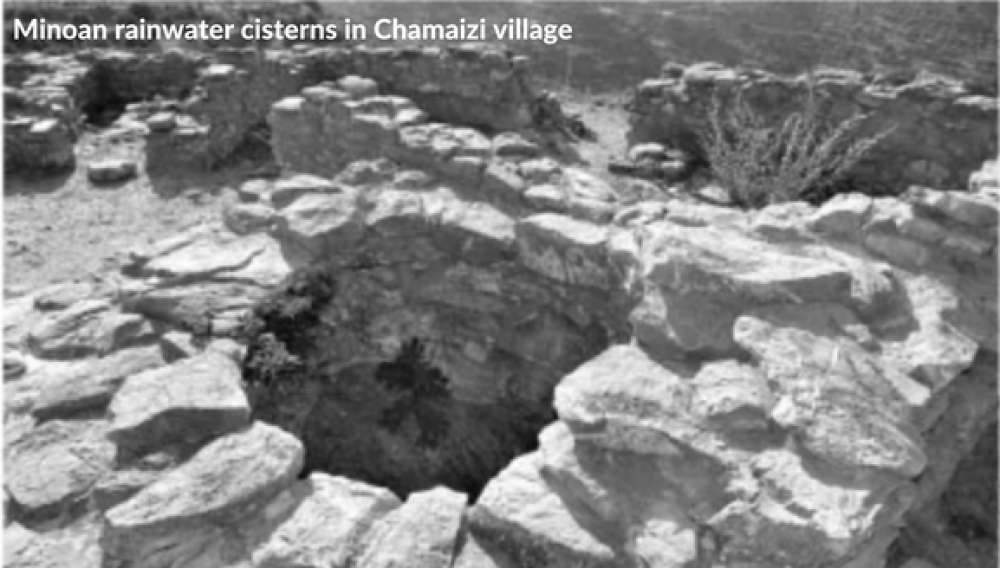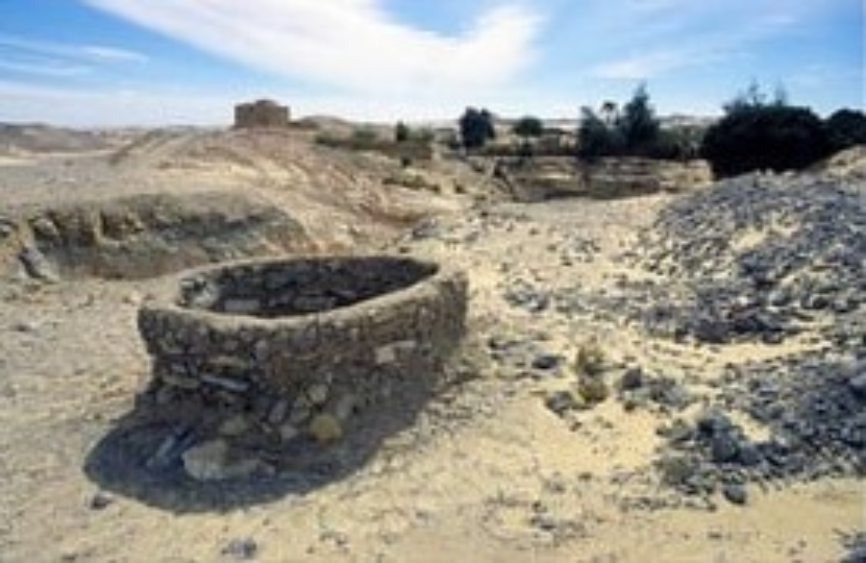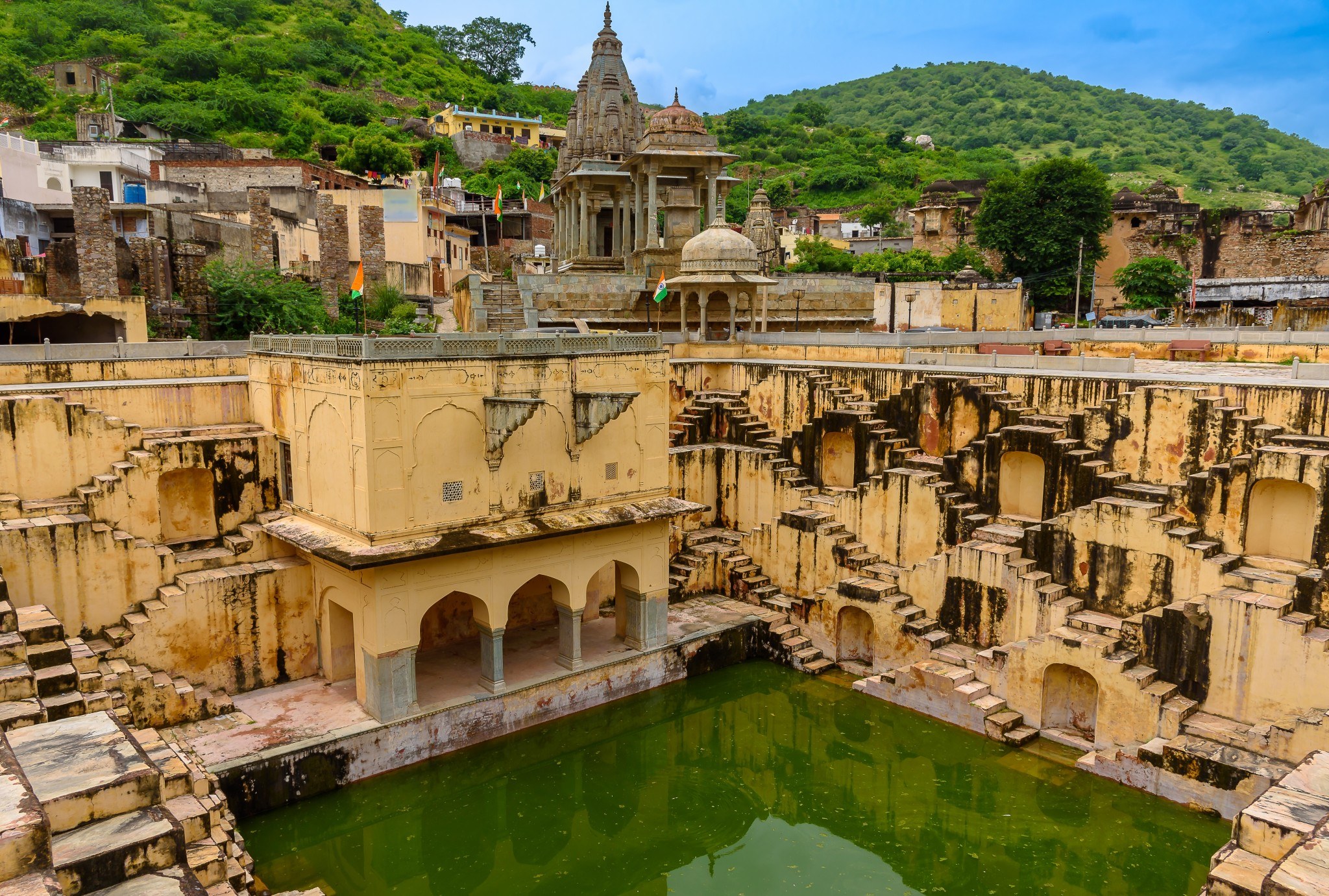25 January 2023
The History of Rainwater Harvesting
Rainwater has always been revered by every civilization.

Just like we do in the present day, providing water, food, and shelter was a continuous struggle in past civilizations, settlements, countries, and empires, especially in dry climates where water is scarce. But people of the past came up with brilliant methods of solving these issues and one idea that became a sustaining source throughout history was rainwater collection and diversion.
Over the last 500 years, modern urbanization has greatly distanced most of us from the strains of water harvesting. So, who and when was rainwater harvesting first conceptualized or invented?
In our ancient world, we must have cupped water from waterfalls, rivers and springs while traversing wild landscapes following herding animals and meeting shoaling fish. Collecting and storing rainwater goes back thousands of years to the late Neolithic when the first permanent settlements were established. In the early Bronze Age period, people in Mesopotamia (e.g., today Iraq and Jordan) realized that life is not possible without water and one of their first practices for water supply was rainwater harvesting. In the 3rd millennium BC, such water supply systems are known in Minoan Crete and in the Indus valley where purposeful construction and operation of water supply networks and bathrooms have been discovered (Angelakis 2016). Also, Minoan had a focus on water and wastewater management - sustainable small-scale, water safety, cost-efficient, and environmentally friendly practices. Hydraulic structures of large stone conduits with branches that were used to supply collected water to cisterns were found in Knossos, Phaistos, Tylissos, AghiaTriadha, Myrtos Pyrgos, Zakros, and Chamaizi.


The civilization in India and China boasted one of the most advanced sewage and water supply systems in the 5,000 BC era with the technology ingrained into their culture and built into their cities. Archaeological evidence in Israel confirms rainwater capture as early as 2,000 B.C. Ruins of cisterns built to store runoff from hillsides for agricultural and domestic use are still standing there today.
The Ancient Egyptians pioneered the basin system given their reliance on kind river gods and the annual flooding of the Nile to sustain their food crops and flax for their famous linen.
Over the next few centuries, many cultures embraced water harvesting with many ancient cisterns found in Israel and Greece. Roman Empire embraced rainwater collecting, developed a bath culture and implemented advanced sewage systems to keep their cities amazingly clean.

With an evolving culture and a growing urban population, there was an increasing demand for water that led to many inventive solutions but also advancements in rainwater harvesting. An underground space that had been constructed by 7,000 slaves held a significant cistern with a water filtration system that served the water to the Great Palace of Constantinople. The ancient Romans paved the path for modern rain harvesting techniques with water distribution systems including wells and aqueducts as well as collecting rainwater for domestic use through roofs of houses.
Although, Mayan civilisation had perfected the water supply to their mountain citadels a few hundred years before the Romans. Many other civilisations such as the Greeks and North African cultures used cisterns extensively. Along with developing farming practices, innovations in using captured rainwater to irrigate crops also emerged. Farming communities in what is now Pakistan, Afghanistan, Iran, and India harvested rainwater for agriculture and other uses around 300 BCE.

Rainwater harvesting for supplying drinking water in urban areas also has a long history. In hotter climates, catching that intermittent rainfall is a matter of life and death for many communities around the world throughout history. A survey conducted by the Australian Bureau of Statistics in 1996 showed that 82 per cent of rural populations in southern Australia used rainwater as their primary source of water for drinking and other domestic needs.
Ancient Native Americans used the natural flow of mountain rainwater runoff throughout villages. Underground cisterns used for collecting rainwater have been found in central Mexico. In the 16th - 17th century, early settlers started using rainwater for laundry due to it being naturally soft.
Whilst the need to conserve water fell away with greater urbanisation in the last thousand years. With the acknowledgment of global warming, we are once again realising the importance of the elixir of life… Water. The art of collecting rainwater has received renewed attention in the present day and we are returning to this ancient and vital part of greener living. Modern-day rainwater harvesting systems come with powerful benefits for both the environment and your wallet or your garden of course.
Visit our Learning Centre to find out more about rainwater harvesting.
References:
https://wcponline.com/2009/09/14/flowing-issues-brief-history-rainwater-harvesting/
https://harvestingaqua.com/history-of-rainwater-harvesting/
http://microfarmgardens.com/blog/2019/1/10/the-history-of-rainwater-harvesting.html
https://4perfectwater.com/blog/history-of-rainwater-harvesting


